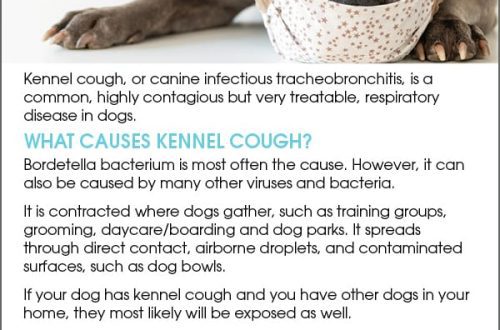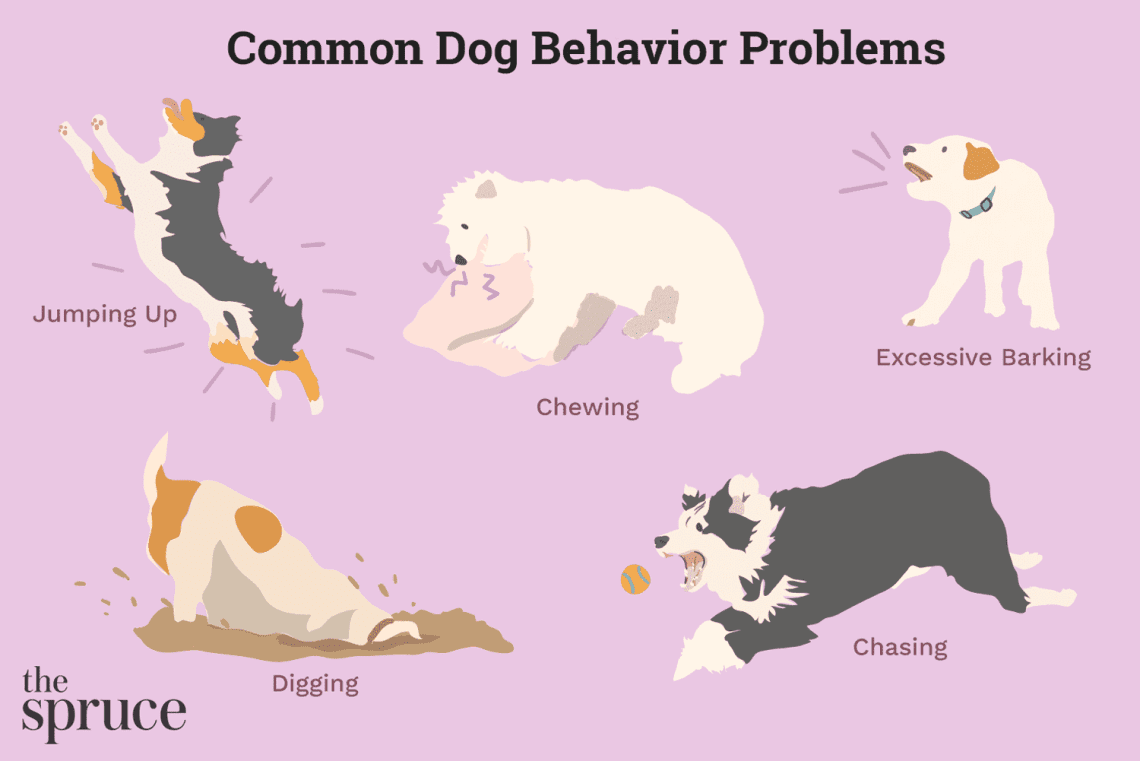
Correction of dog behavior at home
Sometimes owners face problematic dog behaviorwhich needs to be corrected. Is it possible to correct the behavior of dogs at home and what is needed for this?
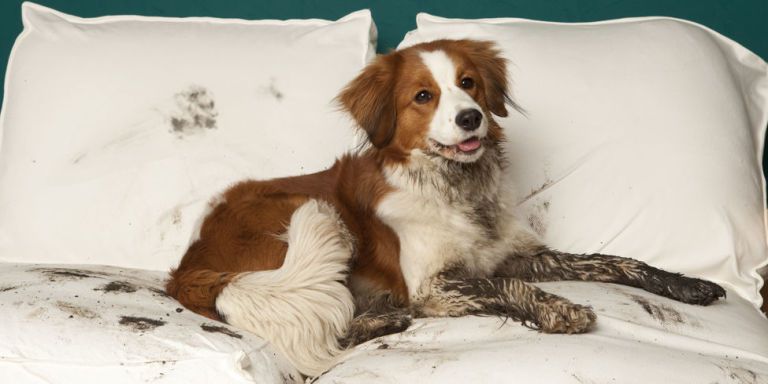
Photo Shoot: google.ru
Correction of dog behavior at home: ways
There are several ways to correct dog behavior at home. Let’s see what opportunities they give and what is needed to correct the behavior of the dog.
The most common way to correct dog behavior at home
This method consists of 3 elements:
1. Make problematic behavior impossible. This is important because problem behavior can be self-reinforcing. For example, if a dog steals food from the table, it will receive reinforcement every time it succeeds. And this is true for any “bad” behavior: if the dog does something, it means that it brings him some bonuses.
- Use controls if necessary (leash, muzzle, distance or cage). Be prepared that the dog will make more and more attempts to achieve what he wants, and it is extremely important that he never received no reinforcements. And only after the dog is finally convinced that the model he has mastered does not work, he will begin to look for other options.
- If necessary, use veterinary drugs (eg, sedatives). It is best to give the drug before the problem behavior occurs. For example, if you are afraid of a thunderstorm, study the weather forecast and give the drug in advance. But before you give your dog veterinary drugs, be sure to consult a veterinarian.
- It is necessary to minimize the likelihood of manifestation of problem behavior (introduce rituals, establish a daily routine, equip the dog’s habitat). For example, if a dog steals food from the table, make sure that nothing edible is left within reach of the unattended pet.
2. Create conditions for the manifestation of the desired behavior.
- The most difficult but necessary thing is to wait! If the dog is afraid, wait until the fear subsides a bit and reward at that very moment. The right moment will definitely come, the main thing is to be patient.
- At the beginning of training, choose conditions where the trigger (what can cause the dog’s “bad” behavior) is minimal. For example, if the dog is aggressive towards his congeners, choose a distance when he already sees another dog, but does not yet show aggression.
- Develop “good” behavior as a habit. In this case, there is a great chance to “close” the chain key stimulus -> reaction (key stimulus) -> reaction…
3. Reinforce the desired behavior. It is important to remember that reinforcing “good” behavior is necessary until it becomes a habit. And this takes time.
- Choose the right reinforcement that your dog enjoys.
- Increase the trigger gradually (don’t rush it, but don’t overdo it either).
- Don’t skimp on rewards! It may take a lifetime to reward a dog for desirable behavior.
Problematic puppy behavior is easier and faster to correct than adult dog behavior. And if your dog is stubborn (like a terrier), it will take more time.
However, there are cases when this method of correcting problematic dog behavior at home does not work:
- Problematic dog behavior is related to a health condition (for example, a dog makes puddles at home due to cystitis).
- The desired behavior is unrealistic. A dog will not meow, even if you really want to make a cat out of it, or fly, no matter how much you want to turn it into a parrot. And do not demand from the dog work for which it is not suitable. For example, if you want a golden retriever to become a bodyguard, you are unlikely to achieve great success.
- If the conditions of the dog are not normal and you have not provided the necessary minimum of comfort.
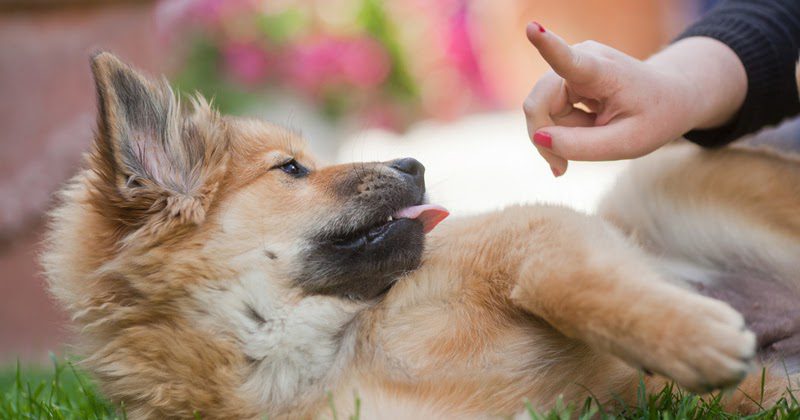
Photo Shoot: Google.ru
Creating normal living conditions as a way to correct dog behavior at home
As mentioned above, normal dog behavior can only occur under normal conditions. So, you need to provide the dog with at least the necessary minimum comfort.
Analyze the dog’s living conditions and honestly answer the following questions for yourself:
- Is the dog getting enough food? How many times a day does your pet eat? Does the animal have constant access to water?
- Is the dog injured? Do you provide the dog with the necessary treatment? Have preventive measures been taken (vaccinations, anthelmintics, flea and tick treatment, etc.)?
- Does the dog have its own place? Is she comfortable in the place?
- How and how long does your dog walk? Does your pet communicate with relatives? Does a dog have the ability to behave like a dog?
Poor living conditions for a dog are often the cause of problematic behavior. And the only way to correct in this case is to improve the living conditions of the pet.
Enrichment of the environment as a way to correct the dog’s behavior at home
Environmental enrichment is a method that was first used in zoos. This is an opportunity to adjust the control (predictability) and diversity of the environment in the dog’s life and thus influence its behavior.
If the dog cannot control his life and does not know what will happen in the next moment, he develops distress (“harmful stress”). However, if the dog knows what will happen in his life in the next moment, he has a daily routine, reasonable rules and understandable rituals, he has an illusion of control and he does not suffer. Predictability and control can reduce a dog’s arousal level.
However, there is an optimal level of excitation of the dog, and it is necessary, firstly, to find it, and secondly, to maintain it, since the second extreme is boredom, pushing to “exploits”.
If the dog is not being handled and he rarely gets new experiences, boredom may lead him to look for unusual stimuli. Including adding variety to your interior or chewing on inedible items. Various games will help to add variety to the life of such a dog.
Sport dogs often face the opposite problem: variety is off the charts, and the basic training that gives the animal a sense of control is left out. In this case, the dog often cannot cope with the high level of arousal. Pets that have changed owners or moved to a new home face the same problem. In this case, on the contrary, rituals will help – things that are predictable, understandable to the dog.
Correction of the behavior of an adult dog
Let us analyze several examples of correcting the behavior of an adult dog using the first of the proposed methods.
Correction of zooaggression (aggression towards other animals)
- Make problematic behavior impossible (use a leash, if necessary, a muzzle). It is better to use a harness than a collar, as the collar can damage the dog’s neck, and in this case, the cause of aggression is not even clear: intolerance towards the company of another dog or pain. The dog is taught to muzzle in advance so that it does not become an additional annoying factor.
- Create conditions for “good” behavior (correct distance, orientation to one’s own state, choice of environment and time for classes). Determine at what distance the dog sees relatives, but has not begun to growl, bark or rush. Do not exercise if you are irritated or tired.
- Reinforce desired behaviors (such as signals of reconciliation or glances at you) until it becomes a habit. It is better to make a list of what behavior you want to get as a result in advance. It is important to praise the dog in time and for a specific action, as well as to choose the right reward (for example, in a state of excitement, the dog may not take a treat).
Correction of uncleanliness in dogs
- Make problematic dog behavior impossible. In this case, it is necessary to establish the correct mode of feeding and walking. It is also necessary to consult a veterinarian to rule out diseases (such as cystitis or colitis).
- Create the conditions for the desired behavior. The mode of feeding and walking will help here too. Sometimes it is necessary to tie a dog to you and keep it with you at all times so as not to miss the moment when he tries to go to the toilet at home.
- Reinforce every trip to the toilet outside.
Correction of fear of the street in dogs
- Make problematic behavior impossible: Don’t follow the dog’s lead. Be sure to take him for a walk, but make sure the harness and leash are secure enough that the dog won’t be able to break free and run away.
- Create conditions for “good” behavior: wait until the fear subsides a little and encourage the pet at this moment to walk along one route and only then gradually explore new territories.
- Reinforcing “good” behavior. Choose a reward that your dog enjoys (not likely to take a treat), and encourage your dog’s exploratory behavior. Do not forget to take a treat with you – this will be a test of whether the correction is successful. If the dog takes the treat, it means that he is not so afraid.
There are times when you need to seek the help of a behavior change specialist. Look for specialists who use humane methods of correction and are able to see the root of the dog’s problem, not just the symptoms.
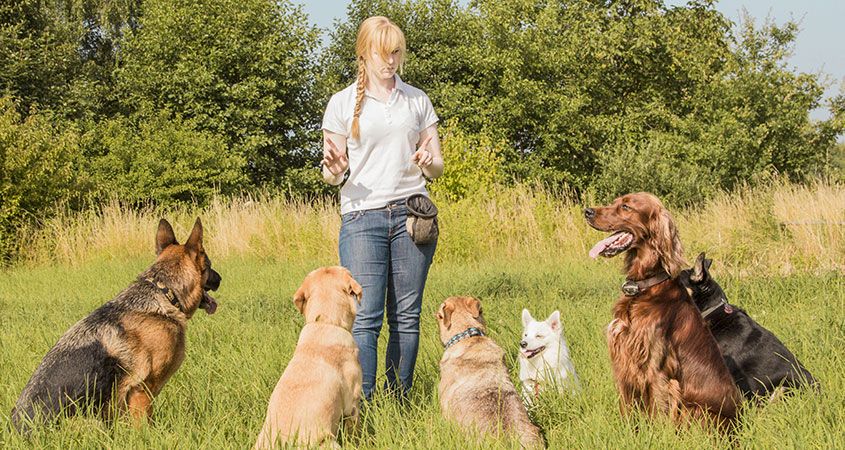
Photo Shoot: Google.ru



